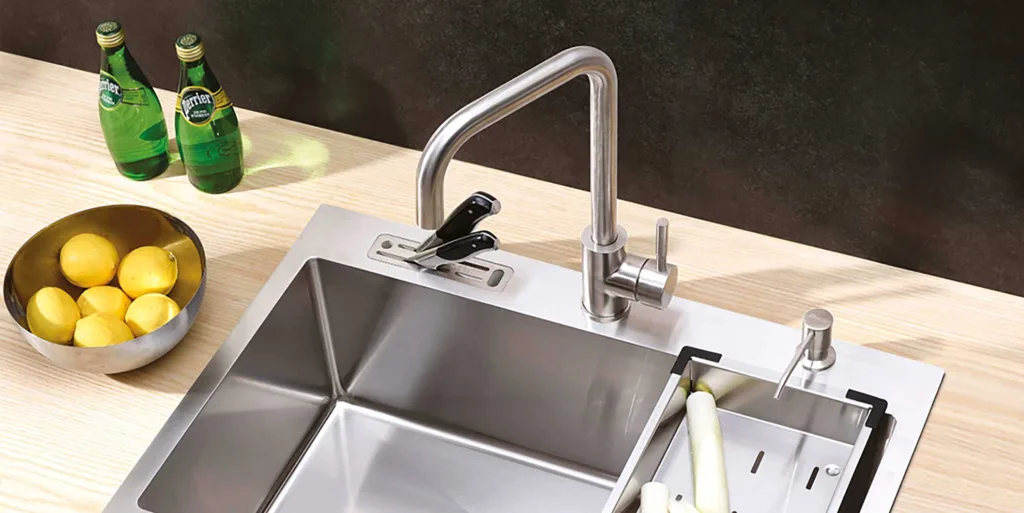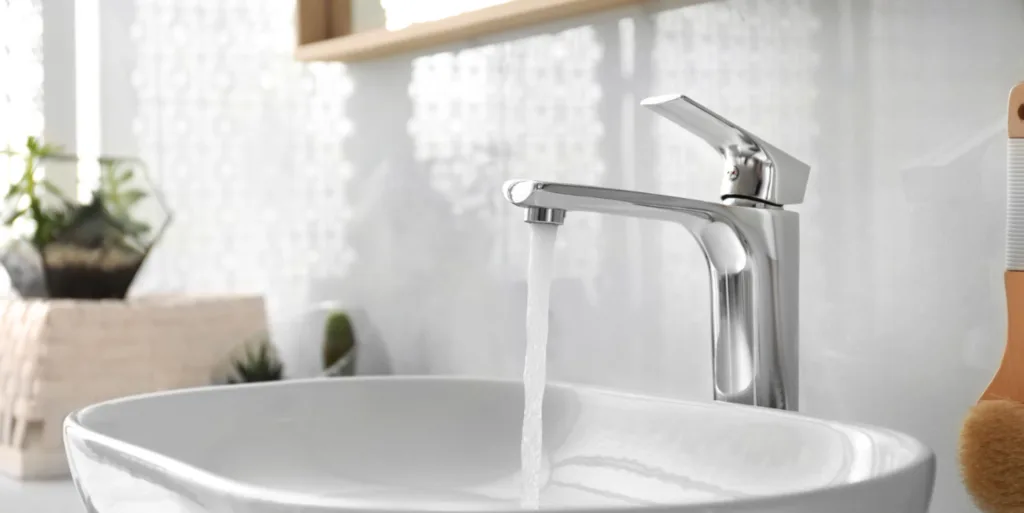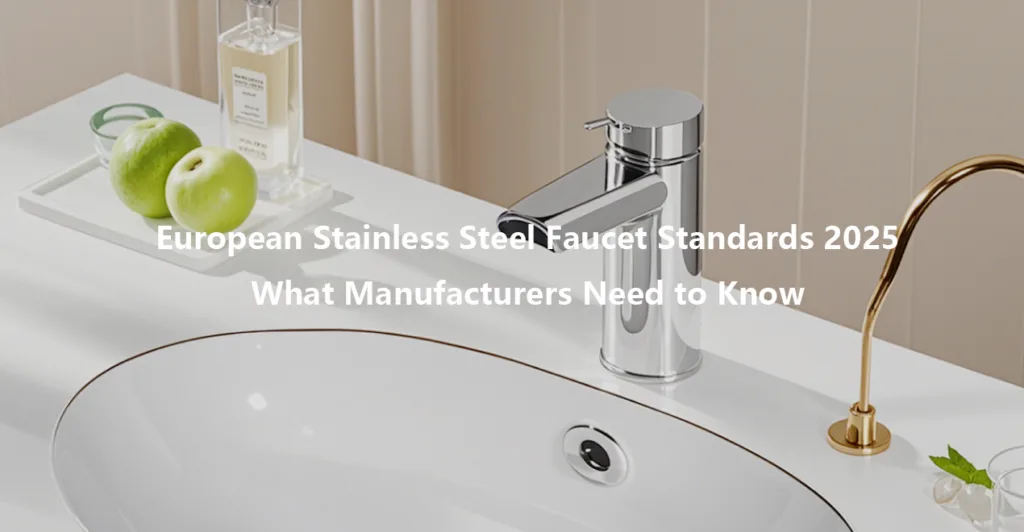European Stainless Steel Faucet Standards 2025: What Manufacturers Need to Know
Meta Description
Stay compliant in 2025 with the latest European stainless steel faucet standards — EN 10357, ACS, DVGW, WRAS, Kiwa, and EU Drinking Water Directive.
Introduction
As the European market continues to raise its environmental and safety expectations, stainless steel faucets are now under stricter regulation than ever.
The new EU faucet standards 2025 focus on improving water quality, safety, and sustainability — particularly for materials that come into contact with drinking water.
For manufacturers, importers, and distributors, understanding and complying with these European stainless steel faucet standards is not only a legal necessity but also a competitive advantage in the global faucet industry.
This article explores the latest European regulations, certification requirements, and testing standards related to stainless steel faucets, helping you stay compliant and trusted in 2025.
1. The Importance of EU Stainless Steel Faucet Standards
European consumers increasingly demand lead-free faucets that ensure safe drinking water and sustainable performance.
In response, the European Union has updated its Drinking Water Directive (DWD), setting unified rules across member states to control material safety and water contamination risks.

These standards affect every stage of faucet production — from raw material selection (like 304 or 316 stainless steel) to final product testing and certification.
For faucet manufacturers, compliance demonstrates:
Product reliability and long-term durability.
Safety for consumers and public health.
Market acceptance across the EU and global recognition.
2. The New EU Drinking Water Directive (DWD) and Its Impact
The EU Drinking Water Directive (Directive (EU) 2020/2184) is one of the most important updates in recent years.
It defines how materials that come into contact with drinking water — including faucet bodies, valves, and aerators — must be tested and approved.

Key Points of the DWD:
Stricter limits for heavy metals, especially lead (Pb), cadmium (Cd), and nickel (Ni).
Establishment of a Positive List of approved materials for drinking water contact.
Harmonized testing methods across EU member states.
More transparency and traceability for all materials used in stainless steel faucets.
In short, the DWD ensures that every component in your faucet meets the highest hygiene and safety standards before entering the European market.
3. European Standards for Stainless Steel Faucets
Several key European standards govern the production, safety, and performance of stainless steel faucet components.
EN 10357 – Stainless Steel Tube and Fittings
This standard specifies the requirements for welded stainless steel tubes and fittings used in hygienic applications, such as water systems and food processing.
For faucets, EN 10357 provides guidance on:
Material grade selection (e.g., AISI 304, 316L).
Surface finish requirements (Ra ≤ 0.8 μm for sanitary use).
Corrosion resistance and mechanical performance.
Complying with EN 10357 ensures that your faucet’s internal water channels maintain hygienic integrity and resist corrosion — a key selling point in Europe.
4. National Certifications: ACS, DVGW, WRAS, and Kiwa
Even though the DWD harmonizes European rules, each country still maintains specific certifications that buyers recognize.
Here are the most common national certifications for stainless steel faucets in Europe:
ACS (France)
The Attestation de Conformité Sanitaire (ACS) is mandatory in France for any product that comes into contact with drinking water.
It verifies that materials do not release harmful substances into water.
Manufacturers must provide migration test reports and detailed material documentation.
Keywords: ACS certification, French faucet standards, stainless steel faucet approval.
DVGW / UBA (Germany)
Germany’s DVGW certification and UBA positive list are widely recognized across Europe.
They evaluate the microbiological safety, chemical migration, and material composition of faucets and fittings.
For stainless steel faucets, DVGW ensures that all wetted parts are hygienic, corrosion-resistant, and environmentally safe.
Keywords: DVGW certification, UBA approval, lead-free stainless steel faucet Germany.
WRAS (United Kingdom)
The WRAS certification confirms compliance with UK water regulations and ensures that no materials or fittings contaminate drinking water.
WRAS approval is especially valuable for faucet exporters targeting the UK, Ireland, or Commonwealth markets.
Keywords: WRAS approved faucets, UK water regulations, stainless steel faucet supplier.
Kiwa (Netherlands and Northern Europe)
Kiwa Watermark certification applies to faucets used in drinking water systems.
It covers both material safety and product performance, including pressure resistance, leak tightness, and durability.
Keywords: Kiwa Watermark, Netherlands faucet certification, European stainless steel faucet quality.
5. Key Testing Requirements for Stainless Steel Faucets

To obtain EU and national certifications, stainless steel faucet manufacturers must pass a series of technical and chemical tests.
a) Heavy Metal Migration Test
Ensures that lead, nickel, and cadmium levels in water remain below EU limits (e.g., lead < 5 µg/L).
b) Corrosion Resistance Test
Evaluates resistance to rust and pitting, particularly for 304/316L materials exposed to hot water or chlorine.
c) Surface Roughness Measurement
Confirms that internal surfaces are smooth (Ra ≤ 0.8 µm) to prevent bacterial growth.
d) Mechanical and Pressure Testing
Tests faucet durability under high pressure and repeated operation cycles.
e) Microbial Growth Test (W270)
Assesses the resistance of sealing materials and inner components to bacterial growth — required in Germany (DVGW).
These testing processes not only prove compliance but also reinforce your brand’s reputation for premium stainless steel faucet quality.
6. Practical Steps for Manufacturers to Stay Compliant
To successfully meet EU faucet standards, manufacturers should:
Select certified stainless steel materials (304 or 316L) with traceable chemical composition reports.
Conduct third-party migration and corrosion testing with recognized labs (e.g., Kiwa, SGS, Intertek).
Maintain detailed technical documentation, including test results, certificates, and manufacturing batch records.
Label products transparently — specify “Lead-free stainless steel faucet, compliant with EU DWD.”
Monitor upcoming EU updates on the positive list and lead migration limits to stay ahead of competitors.
Following these steps builds confidence with distributors, wholesalers, and end customers throughout Europe.
7. The Future of Stainless Steel Faucet Standards in Europe
The European faucet industry is clearly moving toward greener, safer, and more traceable production.
By 2026, the positive list system for drinking water contact materials will be fully enforced across the EU, replacing the patchwork of national approvals.
Manufacturers who proactively adapt to these standards — especially with lead-free, eco-friendly, and recyclable stainless steel faucets — will gain a strong competitive edge in the B2B market.
Conclusion

Complying with European stainless steel faucet standards is not just about passing tests — it’s about proving reliability, safety, and commitment to quality.
As a faucet manufacturer or exporter, aligning your production with EN 10357, DVGW, ACS, WRAS, and Kiwa certifications ensures full compliance and market readiness.
In the evolving faucet industry of 2025, only manufacturers who prioritize material safety, corrosion resistance, and drinking water protection will remain leaders in the global market.

